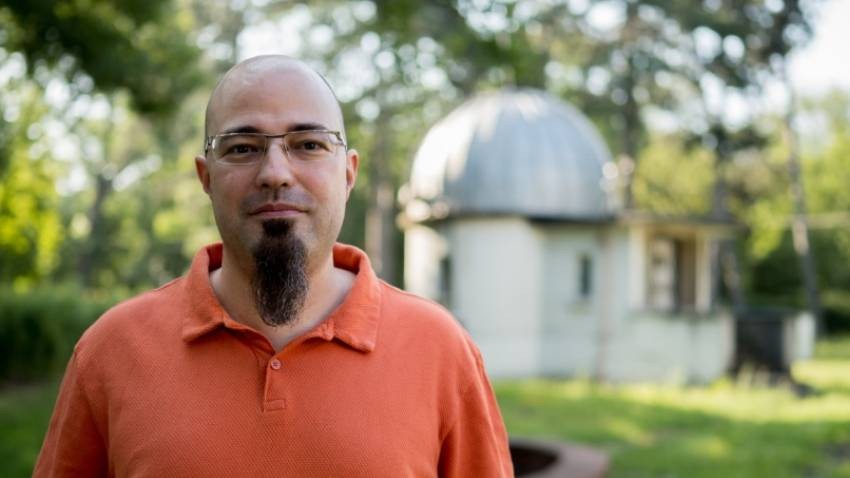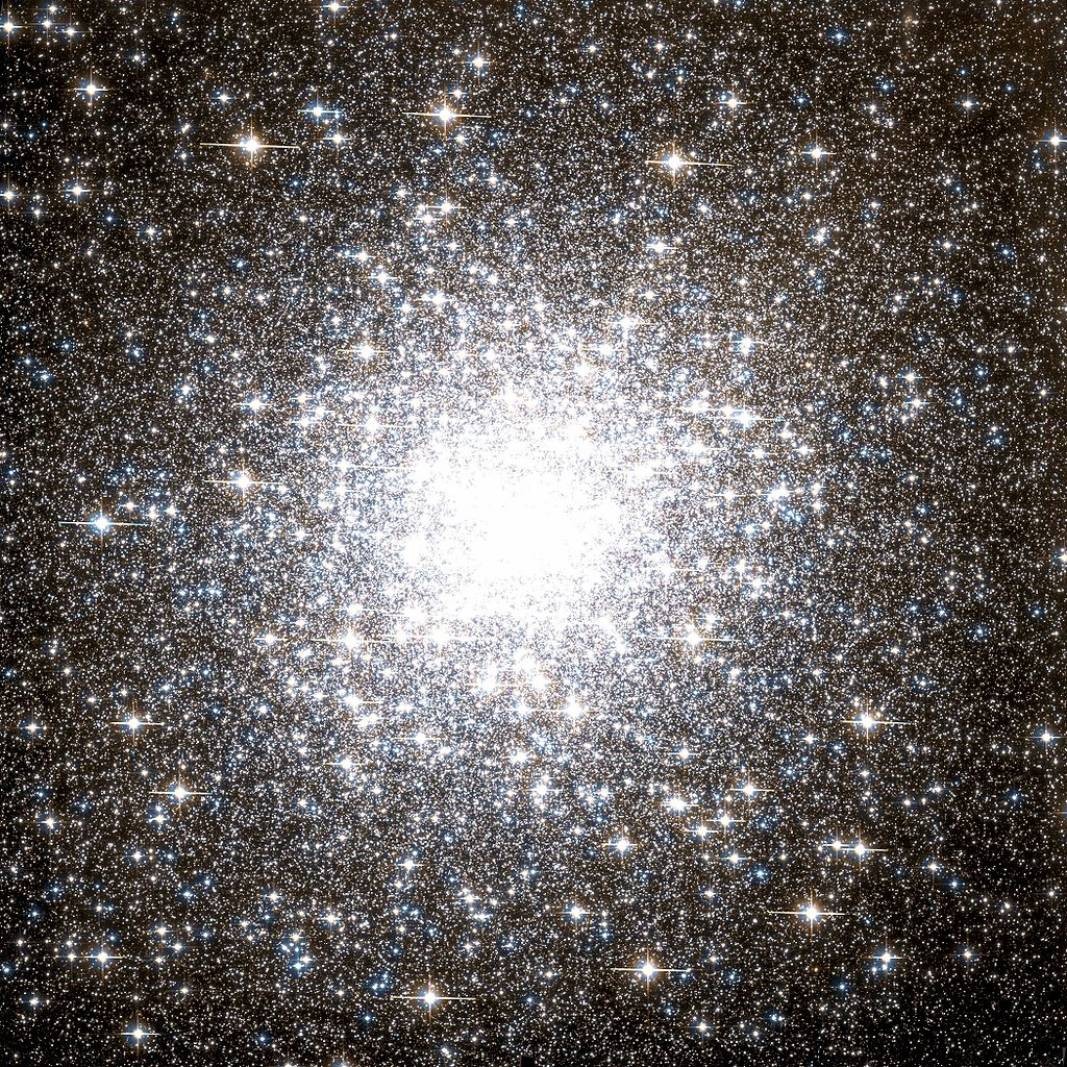Scientists from the Department of Astronomy at the Sofia University “St. Kliment Ohridski” have studied M2 (Messier 2) – one of the oldest globular clusters in our galaxy. Globular clusters are groups of stars bound together by mutual gravity and are believed to have a common origin. Using innovative approaches, the astrophysicists have obtained more precise data on M2's age, structure and dynamics. Their findings prompt a new rethinking of this type of cosmic phenomena. That is why they were recently published in one of the most prestigious scientific journals – Physica Scripta.

"What we found is that M2 is more flattened in the center, becoming rounder toward the periphery", said Dr. Georgi Petrov — one of the four scientists involved in the project:
"In fact, back in 1953, the great Russian astronomer Pavel Kholopov made the first calculations without the powerful computers we have today and noticed a change in ellipticity from the center toward the periphery. The astronomers after him, however, did not take this into account and began using an average value for the shape of the star cluster, since in most catalogs the measurements are taken only at a certain distance from the center", said Georgi Petrov.
Based on their in-depth research, the Bulgarian scientists were also able to determine the age of the star cluster — 13.2 billion years. According to the most recent data from 2010, M2 is no older than 12.5 billion years. Dr. Petrov explains:

"Why is this interesting? Because globular star clusters are the oldest formations in the galaxy and in the universe as a whole, and they provide clues about the lower limit of the universe’s age. There is also a need of a more advanced theory to explain why the star cluster is more flattened in the center and more rounded on the periphery, which is quite unusual! One would expect the opposite, since over the last half a billion years, it has approached the center of the galaxy three times, and due interactions with it, it should be more flattened at the periphery. A new theory needs to be developed to explain this change", Dr. Georgi Petrov went on to say.
And while the findings of the Bulgarian astronomers open up new horizons for knowledge, they are already preparing the next phase of their project by developing their own software to improve the accuracy of their measurements.
Published and translated by Kostadin AtanasovPhotos: astro.phys.uni-sofia.bg; NASA
The Bulgarian minority in Romania marked a significant event with the official opening of the Bulgarian Inn in the village of Izvoarele (Hanul Bilgarilor), Teleorman County (Southern Romania)- a locality with Bulgarian roots dating back over 200 years...
The 14th edition of DiVino.Taste, Bulgaria’s leading forum for wines and winemakers, will take place from 28 to 30 November at the Inter Expo Centre in Sofia. Over 80 producers from all wine regions will participate, offering tastings of around 600 of the..
Minutes before the second and final reading, at the parliamentary budget and finance committee, of the state budget for 2026, the leader of the biggest party represented in parliament GERB Boyko Borissov halted the procedure and sent the draft bill..
The Bulgarian minority in Romania marked a significant event with the official opening of the Bulgarian Inn in the village of Izvoarele (Hanul..

+359 2 9336 661
